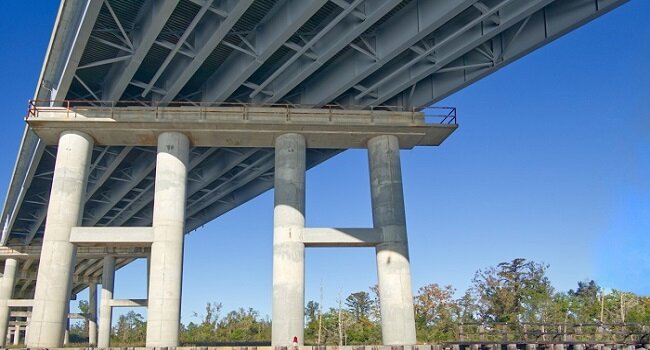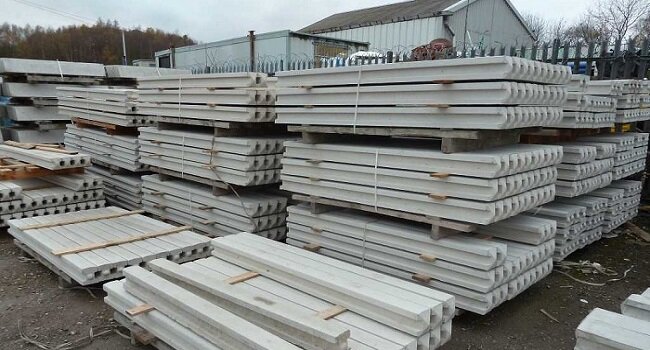Are you considering a precast concrete project but don’t know where to begin? With so many factors to consider and decisions to make, starting out can be intimidating. But with the right research and preparation, you can succeed in any venture requiring precast concrete! In this blog post, we’ll look at what you need to keep in mind when it comes time for your next big precast concrete project – from deciding on the style that fits your needs best to managing construction schedule delays during installation. You’ll have all the tips and tricks under your belt after reading this post, so let’s dive in!
Precast concrete basics: what it is and how it’s made
Precast concrete is a versatile building material that can be used in a variety of applications. It is made by pouring concrete into a mold and allowing it to cure, or harden. The cured concrete is then removed from the mold and can be used in a variety of applications, including foundations, walls, and floors.
Precast concrete is often used for commercial construction because it is strong and durable. It can also be used for residential construction, although it is more common for stick-built homes. Precast concrete has several advantages over other building materials, including:
- It is strong and durable.
- It is resistant to fire, wind, and seismic activity.
- It is moisture-resistant.
- It is easy to install.
Precast Concrete Basics and Tips for Success
Properly design and detail the precast elements: Proper design and detailing are crucial to the success of a precast concrete project. It is important to consider the loads and forces that the precast elements will be subjected to, as well as the tolerances and finishes required.
Use a reputable precast concrete manufacturer: It is important to work with a reputable precast concrete manufacturer that has a track record of producing high-quality products and delivering them on time.
Properly handle and install the precast elements: Precast concrete elements are heavy and require specialized equipment for handling and installation. It is important to follow the manufacturer’s instructions and use proper lifting and handling techniques to ensure the safety of the workers and the integrity of the elements.
Consider the benefits of precast concrete: Precast concrete offers a number of benefits, including reduced construction time, improved quality control, and the ability to prefabricate complex shapes and finishes. These benefits can lead to cost savings and increased efficiency on the construction site.
Use good quality materials: Using good quality materials, such as cement, aggregates, and water, is essential for producing high-quality precast concrete elements. It is also important to use the correct mix design and to follow proper curing procedures to ensure the strength and durability of the finished product.
Managing construction schedule delays during installation

Construction schedule delays are a common occurrence during any construction project, but they can be especially frustrating during the installation phase of a project. There are many reasons why delays may occur, and it is important to understand the potential causes in order to take the appropriate steps to mitigate them.
Some of the most common causes of delay during installation include:
Inadequate planning and coordination: This is often the root cause of many delays. If the planning process is not thorough, it can lead to confusion and conflict among the various contractors involved in the project.
Inadequate resources: Often times, contractors will underestimate the amount of time and manpower that is needed to complete a project on schedule. This can lead to delays as they scramble to find additional resources.
Unanticipated problems: Sometimes unexpected problems will arise that require additional time and effort to solve. This can delay the schedule significantly if not handled properly.
No matter what the cause of the delay may be, it is important to take action quickly to get back on track. The first step is usually to assess the situation and determine what actions need to be taken. Communication is key at this point, as everyone involved in the project needs to be aware of what is happening and what needs to be done to get back on schedule. If necessary, adjustments should be made to the original plan in order to account for the delay.
Finally, it is important to stay positive and maintain a sense of urgency throughout the process. A delay can be frustrating, but it is important not to let it derail the entire project. By working together and taking appropriate steps, most construction schedule delays can be resolved fairly quickly.
How to care for precast concrete products

Precast concrete products are a great option for many applications because they are strong and durable. However, it is important to take care of them properly in order to ensure their longevity.
There are a few key things to remember when caring for precast concrete products:
- Always use caution when moving or handling precast concrete products, as they are heavy and can easily damage if dropped.
- Make sure that the surface where the product is installed is clean and free of debris before applying sealant or any other coating.
- Be sure to apply sealant or a protective coating to the product at least once a year in order to protect it from weathering and staining.
- If the product is exposed to salt water or other corrosive elements, be sure to rinse it off regularly and apply additional protection as needed.
Conclusion
Precast concrete is a versatile and durable building material that can be used for a variety of applications. If you’re considering using precast concrete for your next project, this guide will teach you the basics of precast concrete, how to choose the right style for your project, and how to care for your precast products. For more information about precast concrete, check out our blog or contact one of our experts today.





























